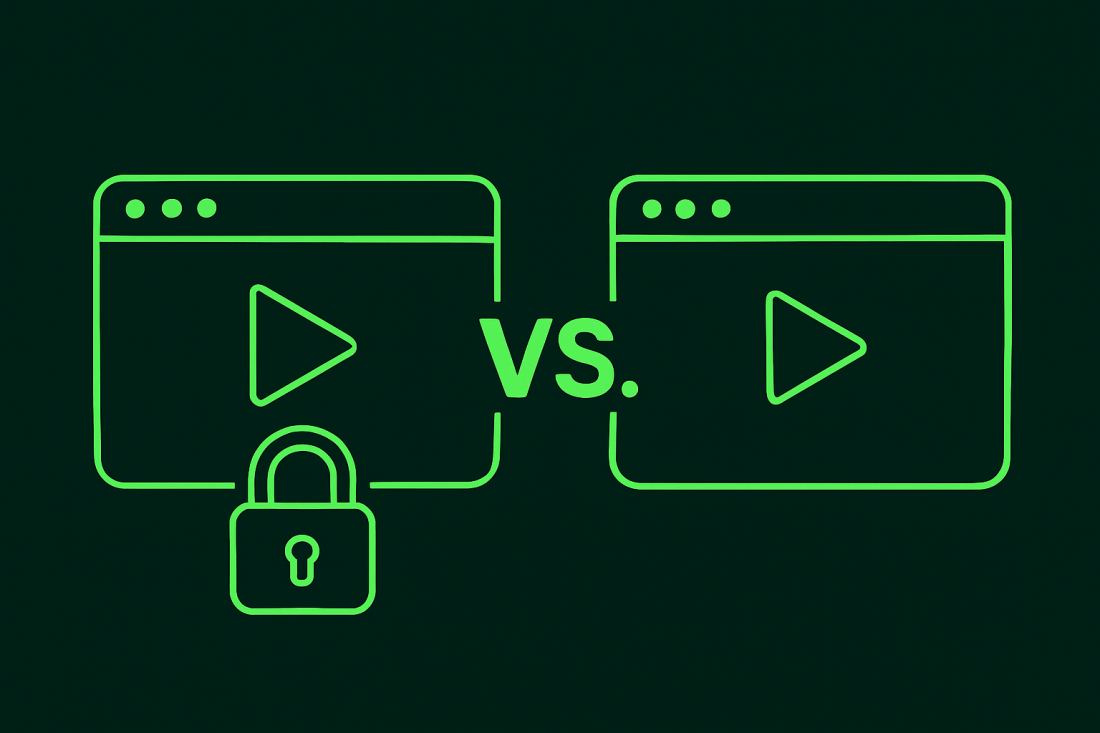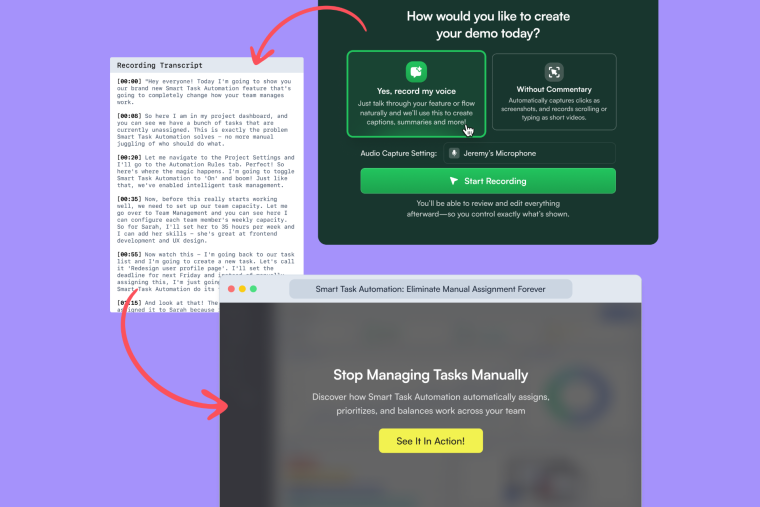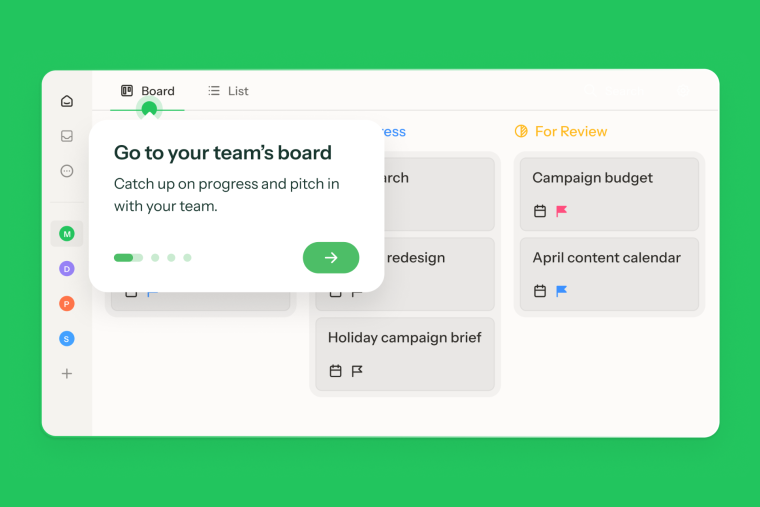Let’s talk about the most outdated reflex in SaaS GTM: slapping a form on everything that moves.
Your users aren’t leads, they’re product-curious. They’re not here to “request a demo” but to get answers fast. And yet, we keep throwing up gates like it’s still 2011, hoping that email = intent, and friction = qualification.
Gating isn’t dead. But it has evolved. The best PMs know it’s not a yes/no decision—it’s a strategic lever. Used well, it delivers insight and intent. Used poorly, it breaks the flow and kills your conversion.
Gartner found that 40% of software buyers say product demos are the most helpful factor in their decision-making.
Experts like Andrew Capland point out that interactive demos see engagement rates in the double digits compared to ~3-5% of visitors who fill out traditional forms. By embedding these demos on your website or inside your app, you can filter out unqualified leads and focus on those more likely to convert.
This playbook unpacks:
- 1 When gating earns trust (and when it kills it)
- 2 The real trade-offs between hard, soft, and ungated demos
- 3 How to treat friction like a product mechanic, not a default
Because your form isn’t your growth engine. Your product is.
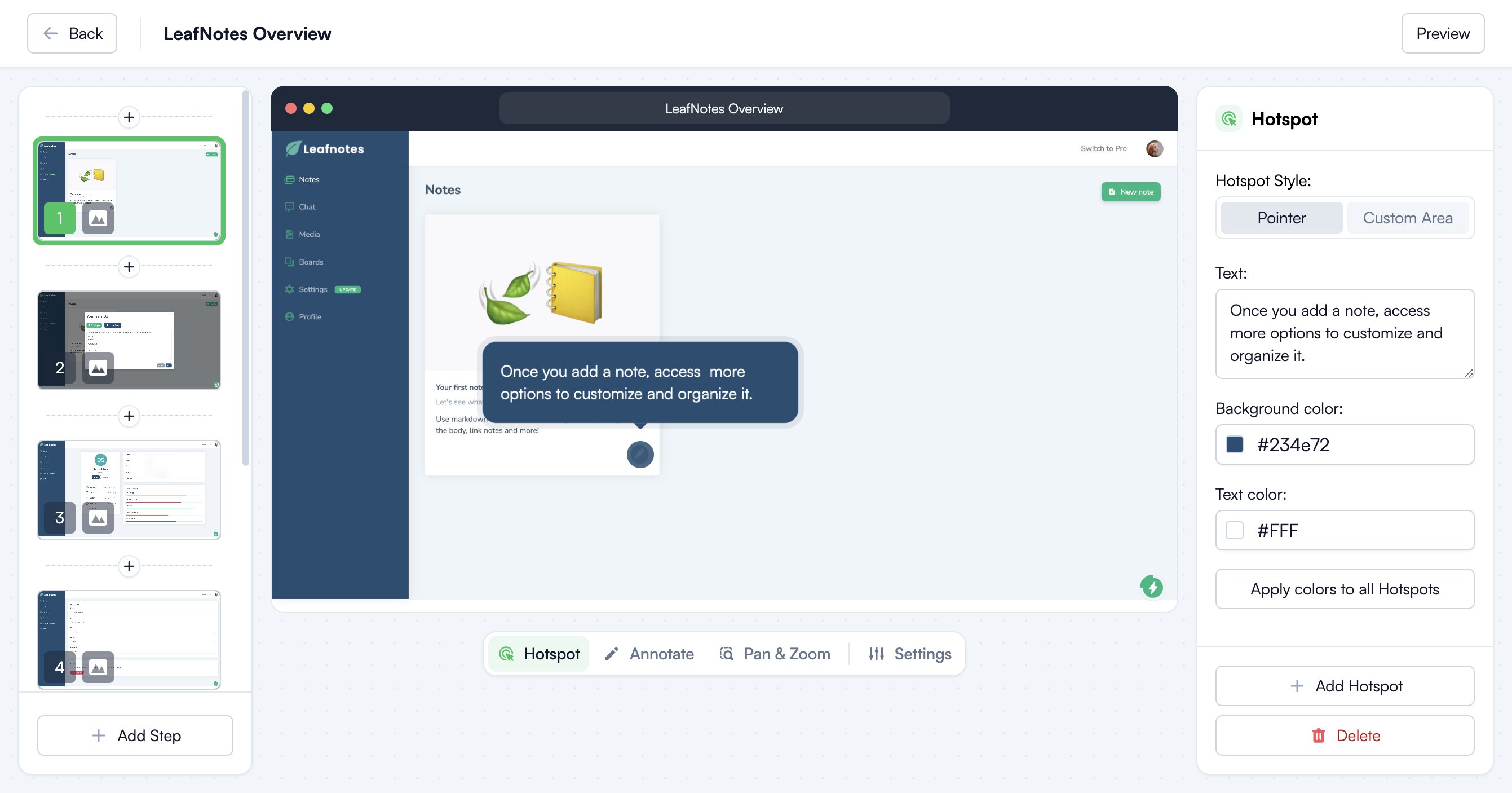
How do you show your interactive demos to users?
There are three gating models, each with distinct tradeoffs. Here’s how high-performing GTM teams deploy them, and when each model gives you the upper hand.
1. What is a Hard Gated Demo?
This is the classic form wall: no email, no access. You’re trading user friction for intent.
Hard gating acts as a filter. Only serious buyers will give you their info just to see the demo, which helps your sales team focus their energy where it counts.
When should you gate your demo?
If you're selling a high ACV product with a longer sales cycle, you’re not optimizing for volume but for quality. Gating makes sense when:
You want to qualify interest. If someone’s willing to fill out a form before watching your demo, that’s a solid intent signal.
Your product is sales-led. When your funnel relies on sales touchpoints, gated demos act as filters to protect your team’s time and focus.
Your leads are mid-to-bottom funnel. At this stage, prospects know what they want. They’re not browsing but evaluating.
For example, Lattice uses this form to qualify leads before they can see the demo.

Lattice Gated Interactive Demo
So does Zendesk, which has a Typeform like UX to get information from the prospect before showing the demo.
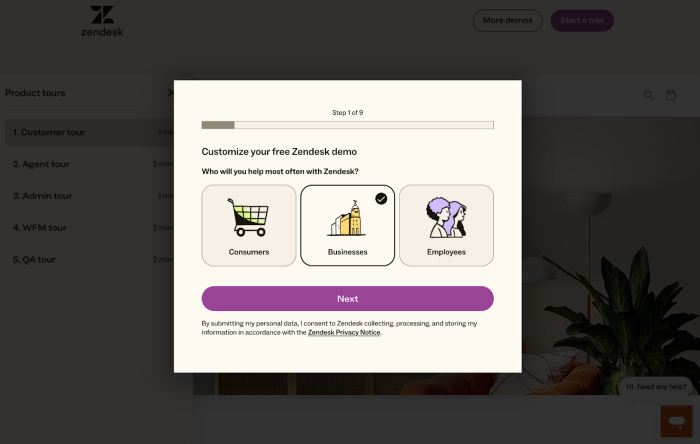
Zendesk Gated Interactive Demo
2. What is a Soft-Gated Demo?
Soft gating lets visitors step inside, explore a few steps, and get a feel for the product. Then, right when they’re hooked, you ask for their info to continue.
This model qualifies users based on behavior, not just curiosity. If someone is willing to share their information halfway through, odds are they’re legit.
When should you soft-gate your demo?
Sometimes, the best strategy is to let users in… but not all the way.
In a soft-gated demo, users explore the product for a few steps, hit the aha moment, and then get prompted to share their info to continue. That first taste builds curiosity. And when users convert mid-demo, you know it’s not idle interest, it’s intent backed by value received.
Soft gating is like a movie trailer that cuts to black before the best scene. It invites curiosity, not commitment.
This works exceptionally well for:
Mid-market products with complex value props
GTM motions where you’re still narrowing your ICP
Teams that want the best of both worlds - engagement and qualification
What are the pros & cons of gating your demos?
Pros
Filters for quality: You’ll talk to fewer people, but they’ll be the right ones.
Signals true intent: Form fills aren’t perfect, but they’re still a useful barometer.
Personalization-ready: Gated leads can be routed, tagged, and nurtured with the right sequences.
Friction as a feature: A little effort can increase perceived value, if the payoff is worth it.
Cons
You lose casual traffic: Some good-fit users may bounce before filling out the form.
Adds complexity: Another layer to manage across your GTM stack.
Can skew engagement data: Especially if form abandonment is high.
Risk of fake info: Gating attracts intent, but doesn’t always guarantee honesty.
TL;DR: Gating Works Best When…
You have:
High-intent traffic sources (paid search, ABM campaigns, comparison pages)
A clear ICP and qualification criteria
Sales bandwidth to follow up quickly and contextually
It’s less effective when:
You’re still figuring out your ICP
Your product is self-serve and low-touch
You’re optimizing for volume or virality
Gating is a powerful lever but only if you’ve earned the right to pull it. Let the product prove value first. Then ask for the email.
What is an ungated demo?
With ungated demos, anyone can jump in, try the product, and experience value without barriers. You can still collect emails, at the end, after they’ve had a taste.
An ungated experience shows confidence. It says, “Our product can sell itself.” And when users voluntarily opt in at the end, it’s often a stronger signal than forcing the form upfront.
There are moments in your GTM motion when it’s better to get out of the way. When you don’t need to qualify a user, you just need them to feel something. That’s where ungated demos shine.
If you’re building awareness, earning trust, or educating the market, there’s a strong case for letting users explore without asking for anything in return.
When should you ungate your demo?
Let’s walk through a few key scenarios:
You’re playing a top-of-funnel game
If your growth strategy revolves around driving traffic, building awareness, and attracting curious users, gating your demo creates unnecessary friction. In this phase, you don’t need contact info, you need attention. And the best way to earn it is to deliver immediate value.
Think about companies like Beehiiv or Senja. Their demos are often open, interactive, and frictionless. Why? Because the product is the differentiator. Letting users click around builds desire.
For Example, Beehiiv chooses an ungated demo to show off the platform:
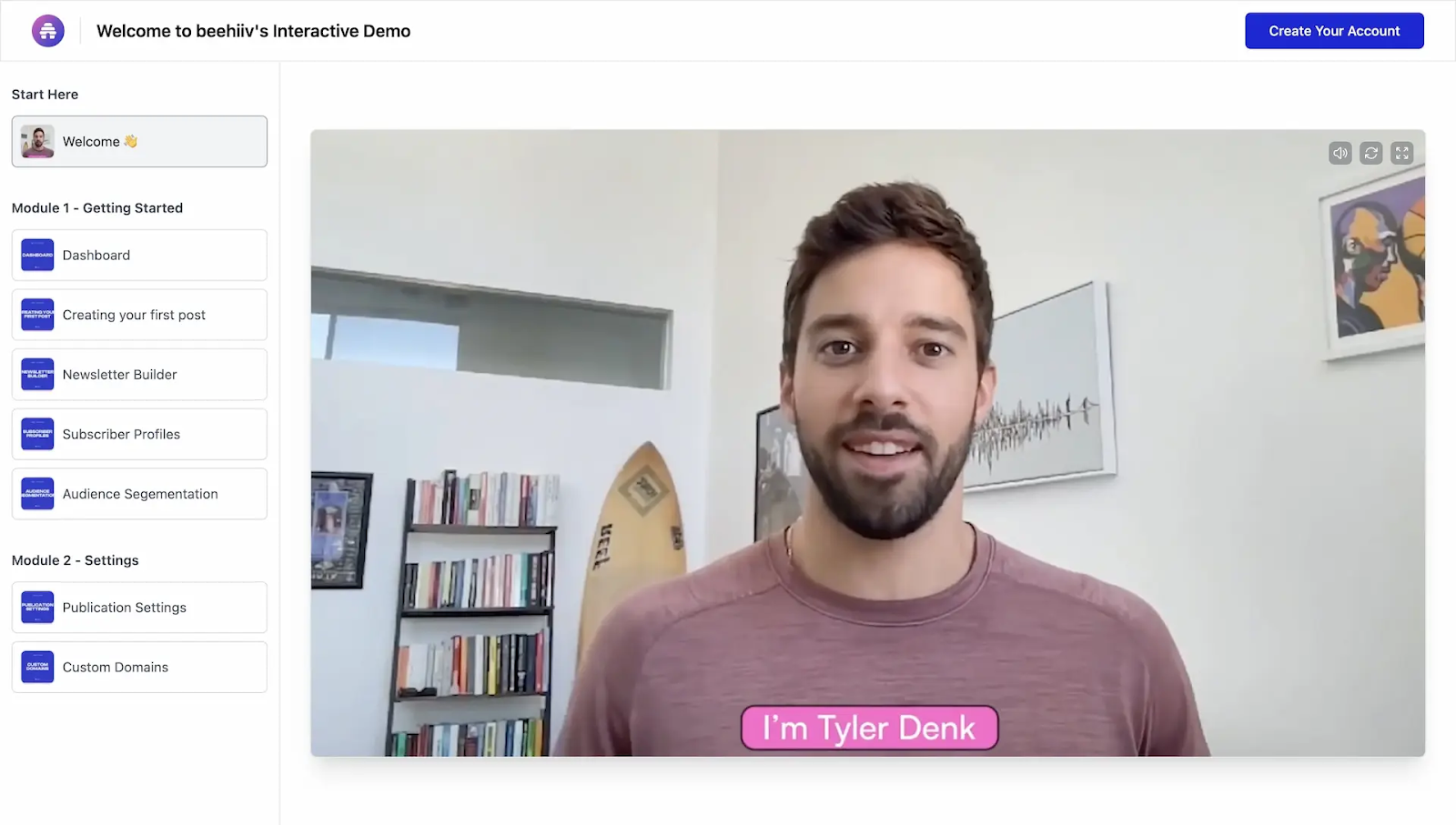 Senja, the testimonial collection tool, also does something similar:
Senja, the testimonial collection tool, also does something similar:

2. Your product needs education before conversion
Some products need a little explanation before they can shine. If you’re introducing a new category, a complex workflow, or a visual UX, it helps to show and not just tell.
In that case, an ungated demo isn’t a giveaway. It’s a preview of value.
3. You’re building brand trust from scratch
If you’re a newer company, gating too early can come off as premature. You haven’t earned the right to ask for user data yet and that’s okay.
Ungated demos are a great way to prove your product works, give users something memorable, and slowly build credibility with your market. This “value-first” approach can be a powerful brand move.
4. You’re running a PLG motion
If your product is designed to convert users post-demo (via freemium, free trial, or usage-based pricing), it doesn’t make sense to block access upfront. The product is the lead funnel.
In this case, demo → signup → activation → conversion is the loop. Gating just gets in the way.
What are the pros & cons of ungating your demo?
1. Pros:
Maximum reach: Anyone can engage, anytime, making it perfect for SEO and content discoverability.
Higher demo engagement: No form means no drop-off before the first click.
Stronger trust: Transparency builds confidence in your product and brand.
Better education: Users can explore independently, reducing pressure and increasing comprehension.
Cons:
No instant qualification: You’ll capture fewer leads directly, unless you add a form at the end.
Harder to segment intent: Without emails, it’s trickier to know who’s a serious buyer.
More noise in the funnel: Your sales team may struggle to identify signal without tighter filters.
Ungated demos work best when:
You’re an early-stage company or launching a new product
You need to educate the market before selling
You’re investing in SEO, content, PLG or community-led growth
You want to build product desire before adding any friction
Let your demo be the hook. Once the value is clear, you can ask for the email, and you’ll find more users willing to give it.
How we do it at Chameleon
Here’s an example of how Chameleon can help you build your ungated demo.
Comparison between Hard Gated vs Soft Gated vs Ungated Demos
Gating Model | Form Timing | Goal | Best For | Intent Signal | Tradeoffs |
Hard Gated Demo | Before Demo Starts | Prioritize high-intent leads, filter early | Sales-led teams with clear ICP and long sales cycles | Strong upfront signal, only serious prospects convert | High friction, lower volume |
Soft Gated Demo | Midway Through Demo | Balance discovery with qualification | Teams with a strong early ‘aha’ moment in demo | Medium, form fill after partial demo indicates real interest | Medium friction, better engagement segmentation |
Ungated Demo | Optional (End of Demo) | Maximize reach, reduce friction | PLG motion, early-stage awareness, product education | Weak upfront, but strong if users opt-in post-demo | Low friction, lower direct conversion |
What signals should you observe when deciding to gate your demo?
Before deciding how to gate your demo (or whether to gate at all), it's worth zooming out and looking at a few key signals. Signals are strategic indicators that tell you whether you're driving engagement, attracting the right people, and aligning with your GTM motion.
1. Engagement Depth
Engagement is the clearest proxy for how valuable your demo is. And it's rarely a single metric - rather it’s a bundle.
Look at:
Play rate – how many people start the demo?
Completion rate – how many make it to the end?
Total view time – how long do they stay?
View time per step – which moments land, and which lose people?
Drop-off points – where’s the friction?
As you'd expect, hard-gated demos tend to have lower engagement. Soft-gated demos land somewhere in the middle. Ungated demos drive the highest interaction simply because they’re easier to access.
If your priority is maximum exposure, getting your product in front of as many eyes as possible, go ungated. But hard gating might be a worthwhile tradeoff if you’re optimizing for qualified leads over raw volume.
2. Traffic Source
Not all traffic is created equal, and where your demo visitors come from matters.
Paid search traffic often has higher intent. They’re actively looking.
Organic social or content-driven traffic is colder. They’re browsing.
Whether you choose to gate your demos or not also depends on your user acquisition channels.
For example, if you have a PLG product with a freemium tier, and you have a strong organic engine, you would be better off not to gate your demo because you don’t need to necessarily qualify your leads at that stage of the user journey, since the product will be doing the qualification for you.
On the other hand, if you have a high ACV sales-led B2B SaaS that you are running paid ads for, it would make sense for you to make sure you get the most out of your CPC costs and attract only the highest intent prospects. As always, there’s no one right or wrong answer. There’s nuance to this thing and understanding your traffic source is one part of that nuance.
It’s also worth keeping in mind that you don’t always need a form to know who’s watching.
With tools like Clearbit Reveal, Segment Personas, and reverse IP tracking, it’s now possible to identify engaged users without ever asking for their email. These tools enrich visitor data in the background like pulling firmographics, mapping to CRM records, and helping your team spot high-fit accounts in real-time, even if they haven’t filled out a form.
That means you can choose to keep the user experience smooth and ungated… while still handing off qualified leads to sales. In other words: friction need not be your only filter. So it's definitely worth asking - is your gate helping conversion, or is it just getting in the way?
3. ICP Alignment
Here’s where things get strategic. The closer someone is to your Ideal Customer Profile, the more justified a gated experience becomes.
For example:
If you’re a horizontal tool (multiple personas, broad use cases), gating may block too many people who could convert later. Better to keep things open and use behavioral data to segment downstream.
If you’re selling into a tight vertical — say, legal tech or med-tech — you’ll want more upfront signal. A gate helps you filter out low-fit traffic early and learn more about your niche buyer.
Gating isn’t just about collecting emails. It’s about learning who’s really a fit — and how much friction they’re willing to tolerate to get value.
How do you balance trade-offs between gated & ungated demos?
No matter how you slice it, demo gating is a game of trade-offs. You're constantly balancing two opposing forces: volume vs. quality, friction vs. learning. Here's how to think through both.
Lead Volume vs. Lead Quality
Ungated demos cast the widest net. If your growth motion is PLG, especially freemium or free trial, leaving demos open aligns perfectly. The goal is mass exposure: get people into the product, fast.
But if you're selling to a niche audience where quality matters more than quantity, gating (hard or soft) helps pre-qualify users. That means your GTM team spends less time chasing low-fit leads and more time closing deals that actually convert.
Soft gating offers a middle path. Let prospects reach the “aha” moment first and then ask for their details. It’s a respectful value-first exchange: show, then ask.
Hard gating, on the other hand, assumes clarity. You know your ICP, your sales team knows how to win them, and you only want to engage people who meet those criteria. It's a sharper filter, but it also shuts out a lot of noise.
Not sure who your ICP is yet? Then gating too early might just mean cutting off your learning loop. Keep it open, observe who converts, then tighten the flow over time.
Friction vs. Learning
There’s no denying it: friction reduces engagement. But some friction is strategic.
The trick is not to remove all friction but to apply the right kind of friction at the right time.
If your goal is education, minimize barriers and accelerate time-to-value. Let users explore your product on their own terms. That’s how you win hearts in a PLG motion.
But if your priority is qualification, making sure the right buyers get the right message, then a little friction helps. Think of gating as a signal: if someone fills out a form mid-demo, they’re probably more than just curious.
Don’t optimize for less friction. Optimize for earned engagement. Time to value is just as important as quality when it comes to acquiring customers with a high LTV. The ideal experience teaches users what they need to know and tells your team who’s worth following up with.
When can gating your demos backfire?
Gating too early can do more harm than good. It’s one of the fastest ways to create a frustrating user experience and leave a bad taste that’s hard to reverse.
The biggest mistake? Asking for something (like an email) before you’ve offered anything of value. If someone lands on your site just exploring, and the first thing they see is a wall, you’ve likely lost them.
This usually happens when teams gate demos without being ready without knowing exactly who their ICP is, what value they're offering, or what outcomes matter most to their buyers. Gating assumes clarity. Without it, you're flying blind and blocking doors you shouldn’t.
Gating low-value content, requesting too many fields, or forcing friction on users too early in their journey all of it signals misalignment.
If you’re not confident about your acquisition channels, not clear on who your best-fit customers are, or unsure what signals indicate intent… then it’s too early to gate.
Instead, focus on watching the data. Let users show you what they want. Use that as your cue to gradually introduce conversion points and not force them.
Gating works best when it’s a value exchange, not a roadblock. The moment it feels like the latter, it starts to work against you.
You need to f**k around and find out what works for you
No more guessing. The fastest-growing teams test everything, especially friction.
With Chameleon Demos, you aren’t choosing between gated or ungated - you’re also gaining powerful insight into how users engage, what resonates, and which demo interactions actually drive product adoption through Demo Goals.
This way, you can see what converts, double down on what works, and ditch what doesn’t.
.png)

